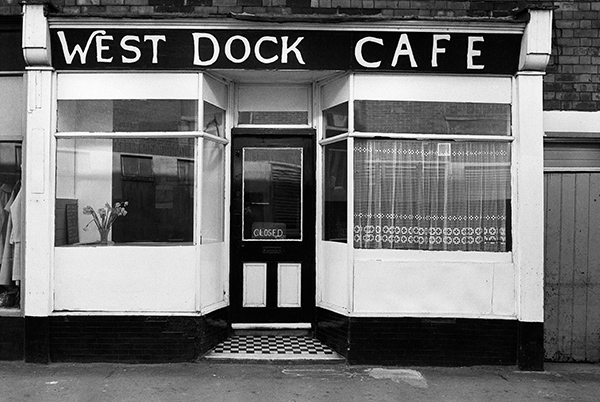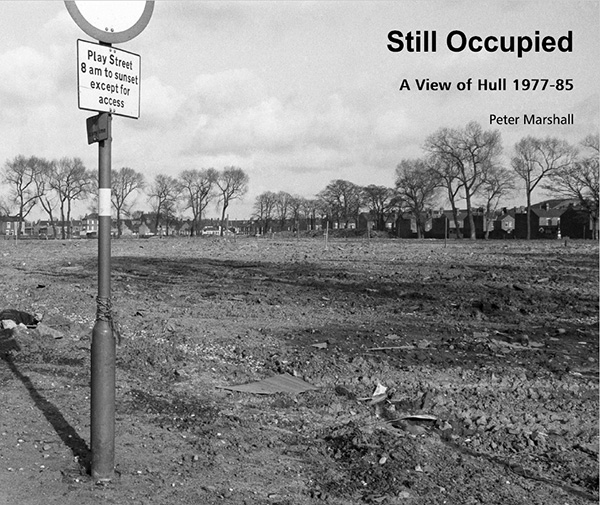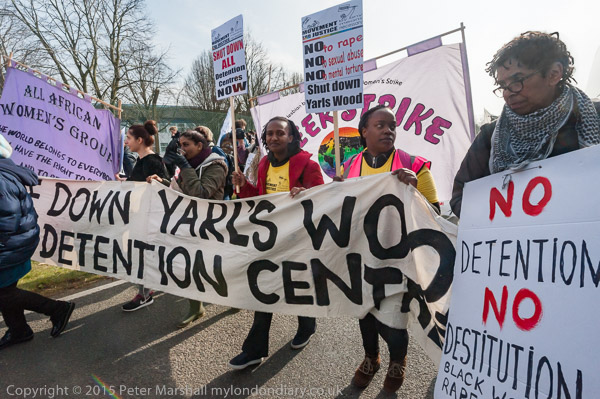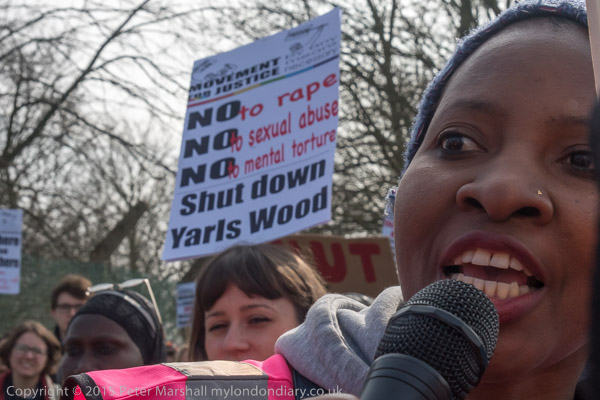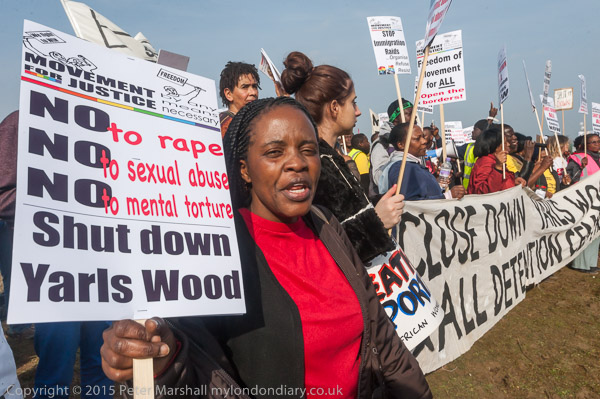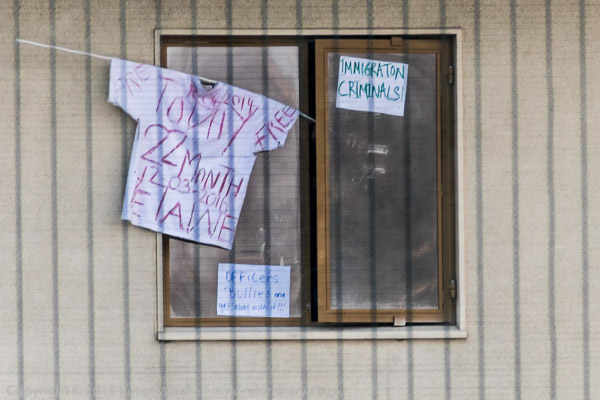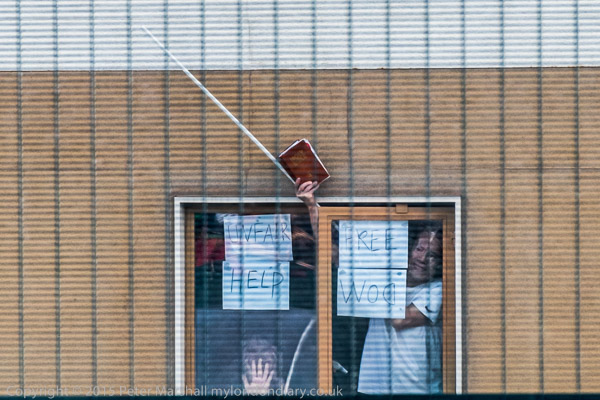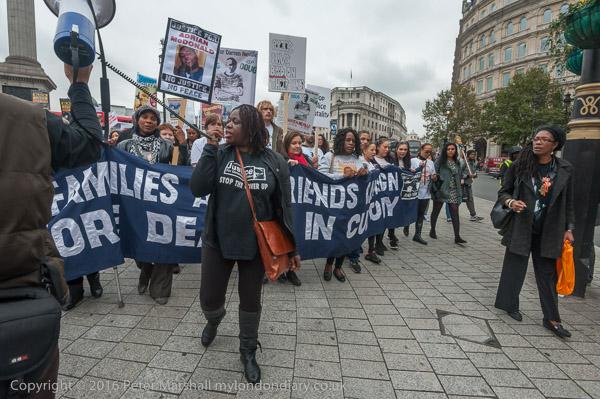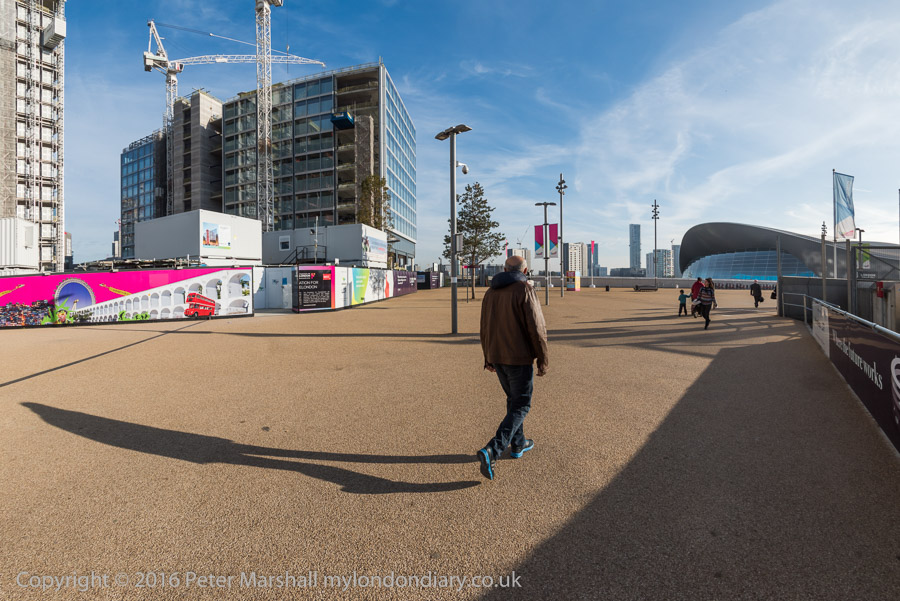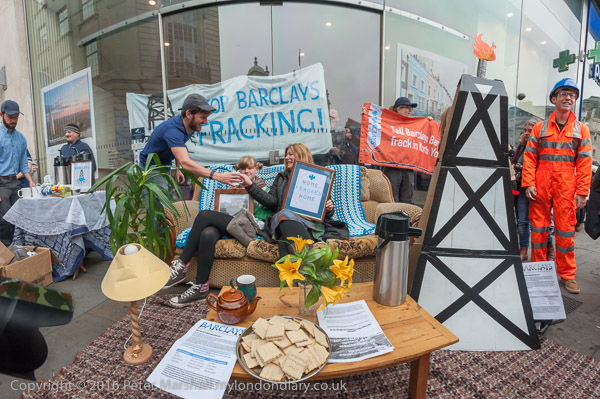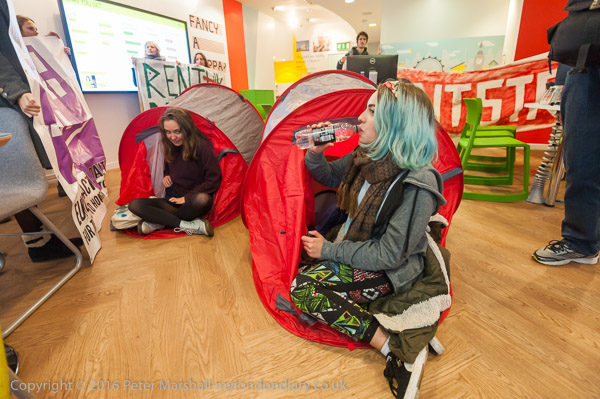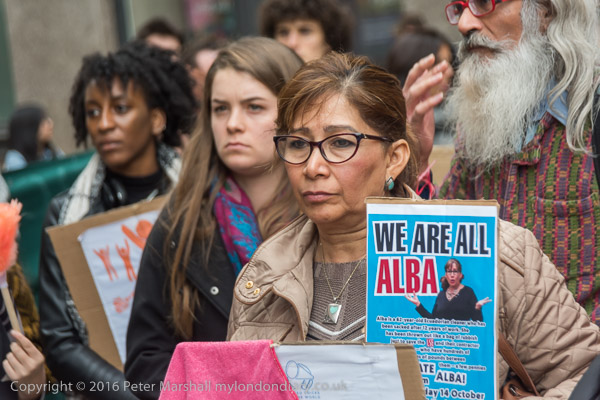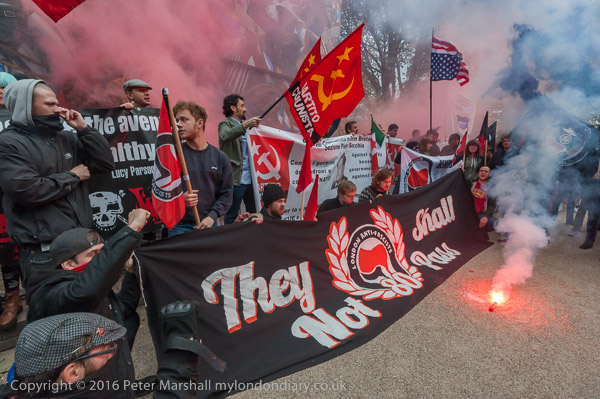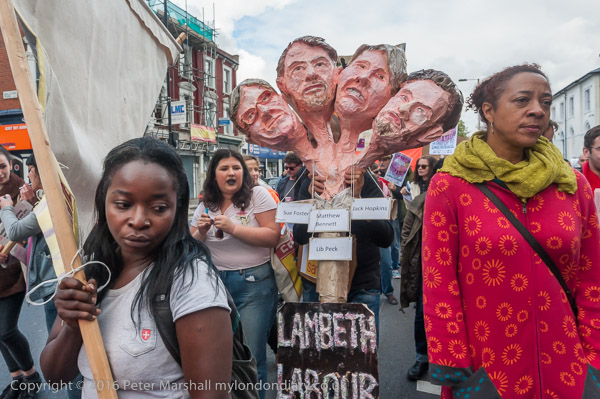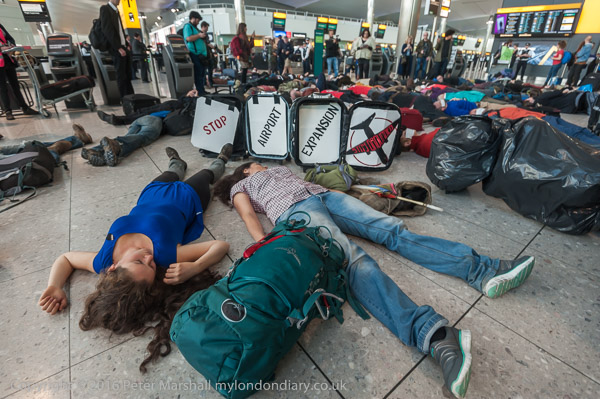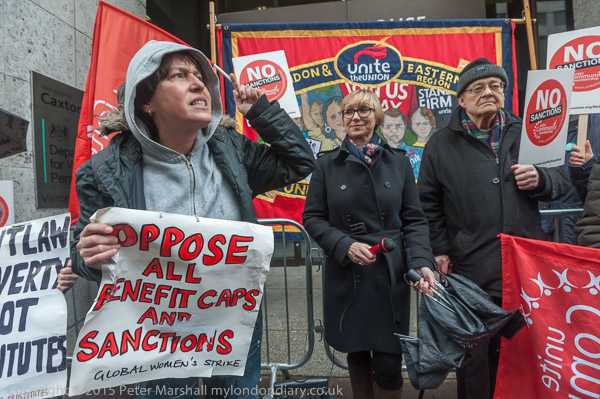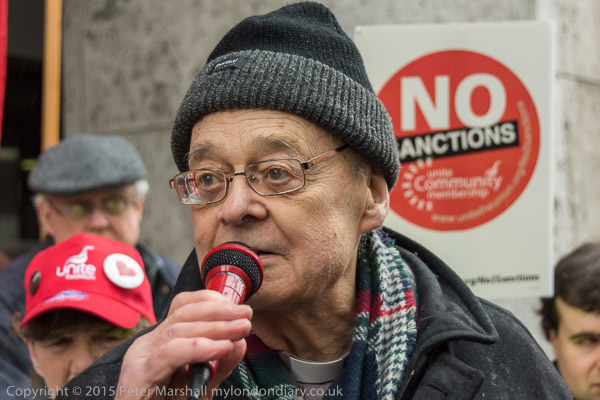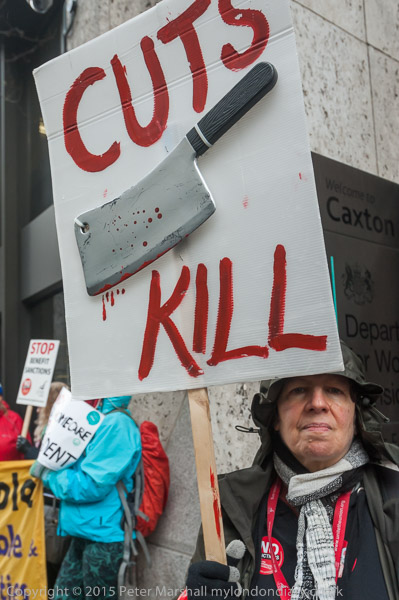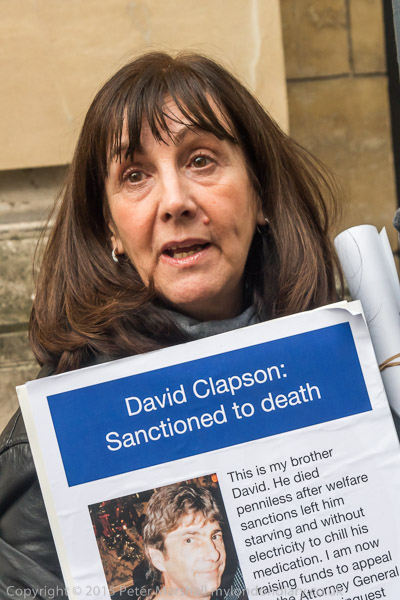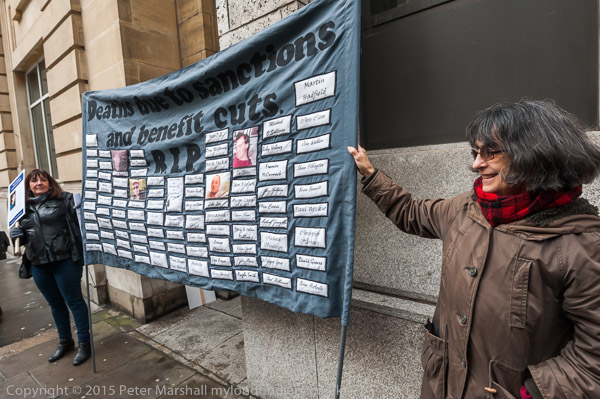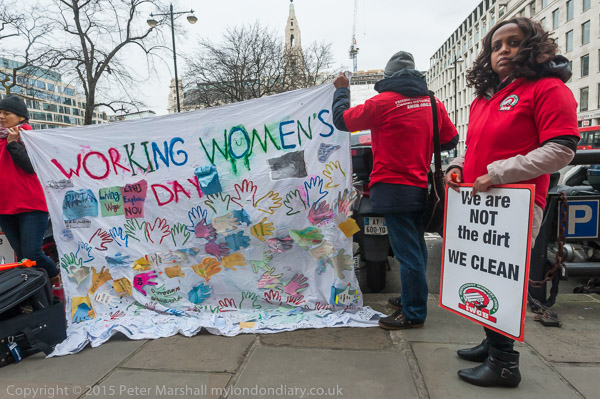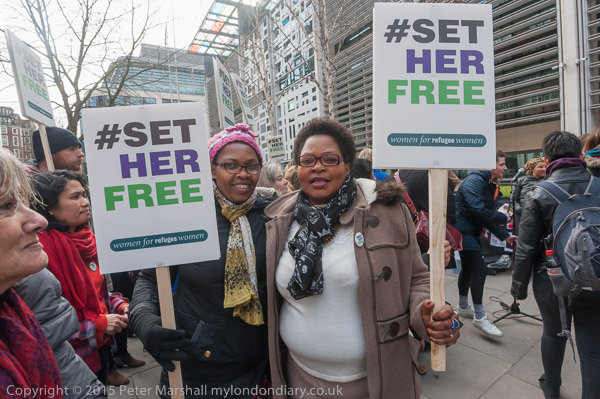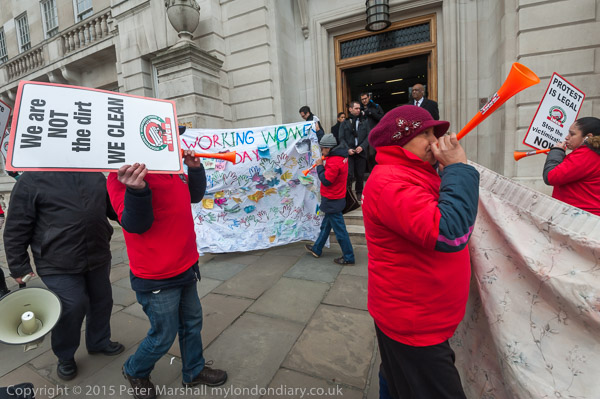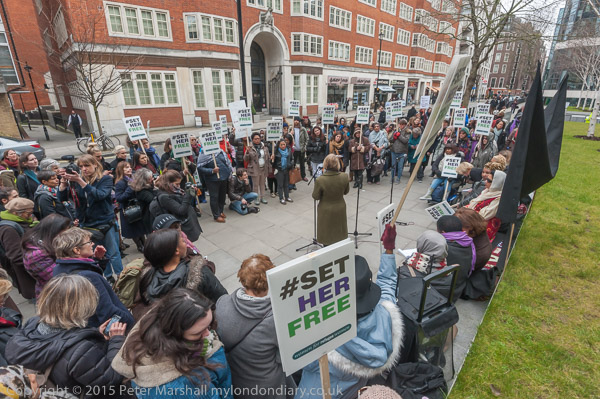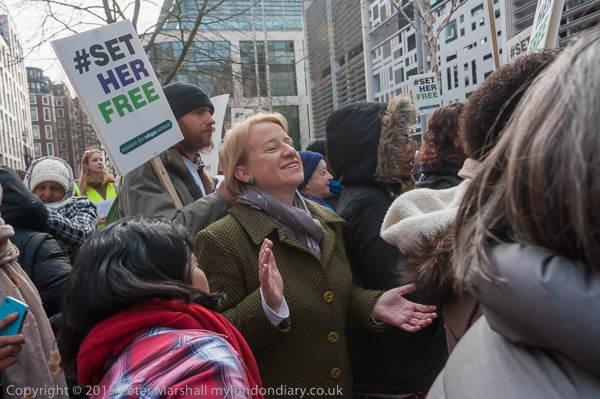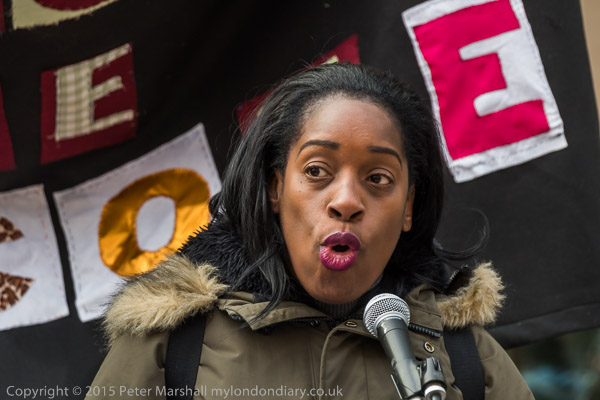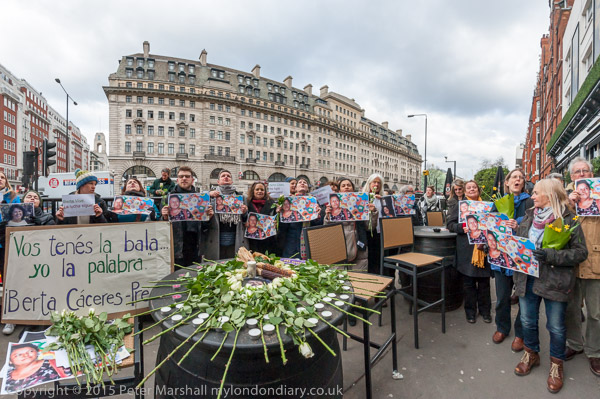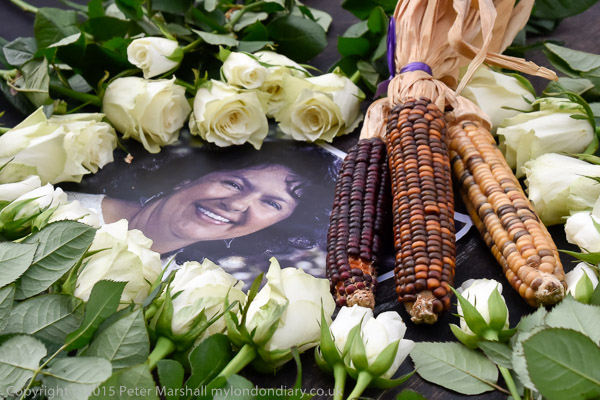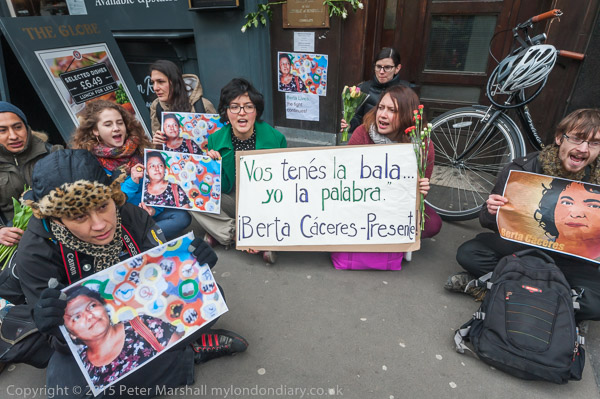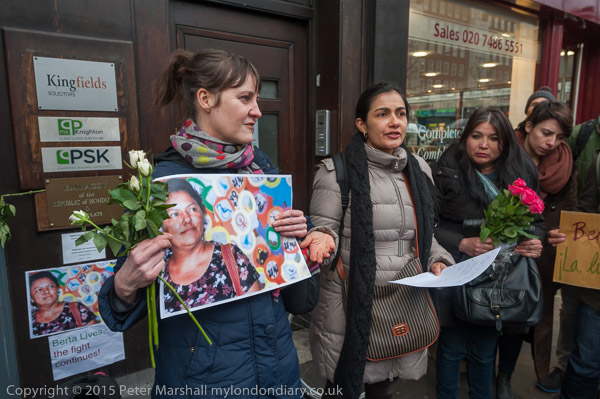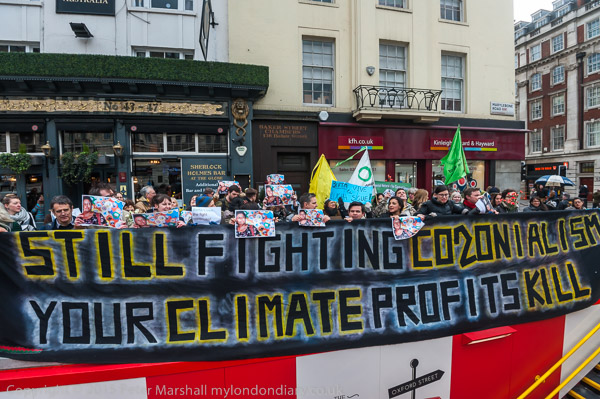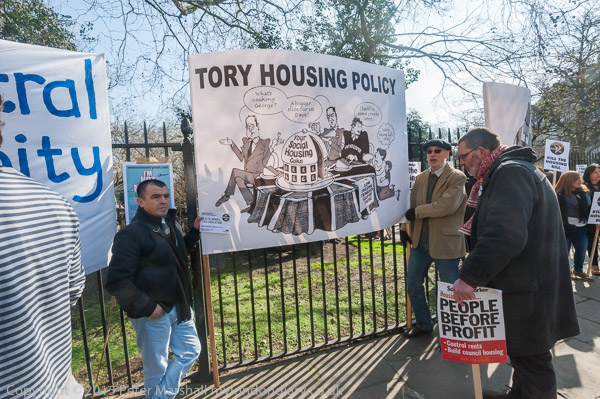
Housing campaigners meet to march against the Tory Housing Bill, March 2016
Linda and I are fortunate to own our own house, even if it isn’t a huge house and nothing special, a smallish semi-detached Victorian cottage almost certainly built for farm labourers around 1880 (much like the few houses my own grandfather built for his workers) and condemned in the 1950s. The landlord decided to make some minor improvements, converting the outhouse into a just indoor bathroom and toilet and after a few years sold it to the sitting tenants. Rent controls then made private letting hardly worthwhile and certainly needed sensible reform, but were instead scrapped.
Ten years or so later when we managed to scrape together a deposit and get an 80% mortgage after both of us had just got half-decent pay rises, we left our new town housing corporation flat and moved in – paying ten times the landlord’s sale price. We are still there 42 years later, having made a few minor improvements – double glazing, some insulation, gas fires etc – and essential maintenance but basically living in a house which is now something of a museum piece, and estate agents would almost certainly descibe as ‘in need of major imporvements’ while still happily trying to sell it for their fat share of over 30 times the amount we paid for it.
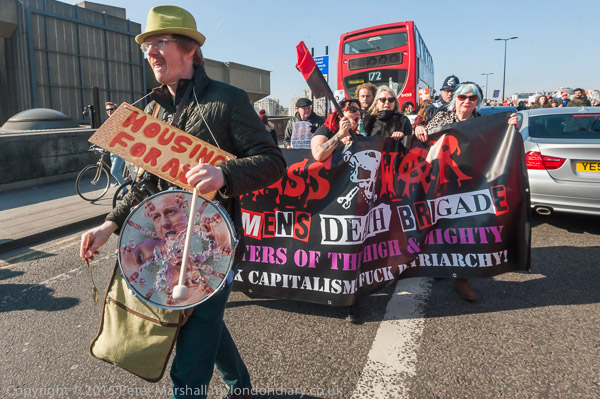
For us a house was a place to live, and to bring up our sons, handily placed for the railway station 5 minutes away that now takes me to London in 35 minutes. We never wanted to join the others we knew playing the housing market – who are now sitting in houses that sell for several times the relatively modest (for anywhere around London) amount ours would command.
When we bought was almost certainly the only time we could have afforded to do so, unless we moved away from the southeast, and it was thanks to my union whose campaigns and actions had managed to produce the only decent pay rise of my working career. It was a short window that soon closed as inflation eroded incomes and house prices rocketed. But we didn’t particularly want to become a home owners and only did so because it was clear that rents were rising fast and that buying was financially a much better long-term option. It was only a few years before the mortgage repayments were lower than the rent we would have been paying had we stayed as tenants – and to rent a house like ours in the private sector would now be costing more or less my entire income.
Tough as things were back then, the situation is far worse now, and the reasons are pretty clear to all but blinkered politicians. It isn’t basically that there are not enough homes, but more simply, people who need homes can’t afford them. There are enough homes in London, but many are owned as ‘investments’ by the wealthy, and often stay empty all or most of the year.
Building more homes will only help if people can afford them, and that must mean more council housing – as much or most soccial housing, even if so-called ‘affordable’ is too expensive for most. When market rents are more than many people earn, the 80% of those rents that can be classifed as ‘affordable’ clearly isn’t.
Thatcher’s ‘Right to Buy’ though advantageous for some who bought their properties was disastrous because those properties sold were not allowed to be replaced by new council housing. Like the current government, her aim was to get rid of council housing. Many of the properties sold under ‘right to buy’ are now privately rented, bought from the former tenants as ‘buy to let’ properties.
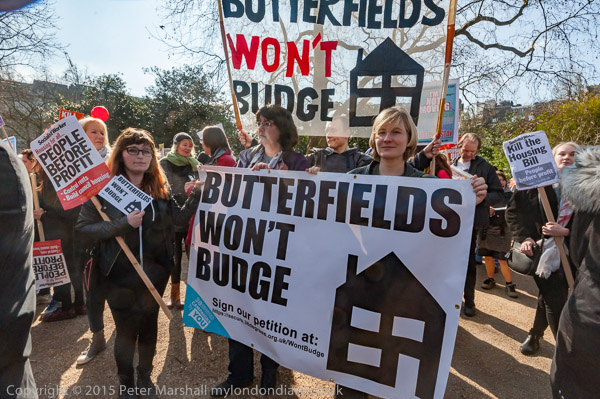
Buy to let is just another part of the problem. Borrow to buy a house, take the interest and repayment costs, add on an agents fee and ten or 15% profit and get someone else to live in the house and pay it all for you. It is trading on the ability of the wealthy to borrow to enable them to profit from the poor who the banks won’t lend to, and getting the poor to buy property for the wealthy.
We need proper rent controls and to increase security of tenure in all areas of housing – including protection for owner occupiers who fall behind in their repayments. We need more control over the type of property that is built in our cities, and in particular more council and other social housing.
But we also need changes in attitudes towards communities, particularly those living in the remnants of council housing on estates such as the Aylesbury or former Heygate in Southwark. Councils need to threat them as people and as communities rather than just looking at balance sheets, particularly when – as with the Heygate – they get the sums spectacularly wrong.
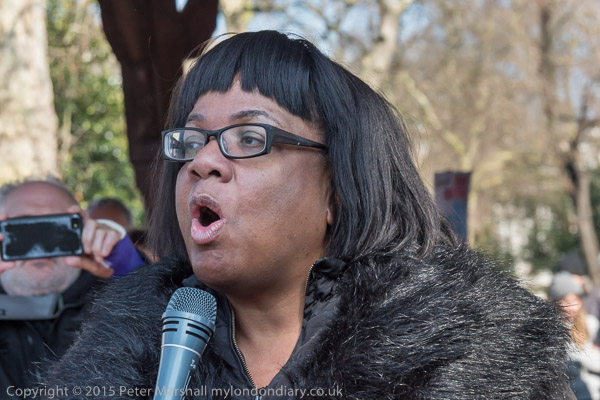
Most if not all of these estates need real regeneration rather than demolition and wholesale scattering of communities that is currently taking place – to the profit of private companies but with a great loss of places where the people our city relies on can live. It’s to the Labour party’s great shame that many of the councils with the worst records – Southwark, Newham, Lambeth etc – are Labour strongholds, and the party needs a serious change of direction on housing.
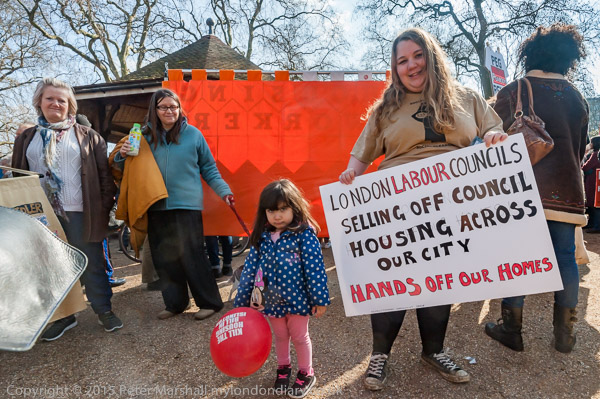
It isn’t surprising that people whose home are threatened are angry, and many came to the march to show that – against both the government and a housing policy dictated by estate agents and the Labour councils who essentially sing the same tune, though often also protesting against the Housing and Planning Bill. It’s hard not to think about motes and beams.
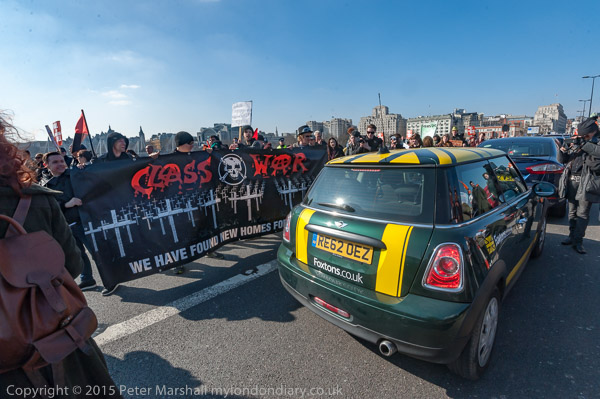
And hard too not to rant about housing as you can see. Unless that is you are ignorant about what is happening or too busy stuffing the loot into your offshore bank accounts. It’s an area which is class war at its most naked – and where the poor have been losing badly. And one which Class War, who appear in rather a lot of my pictures, have been one of the more active groups in protesting about and bringing on to the public agenda.
Kill the Housing & Planning Bill
Continue reading Housing problems
